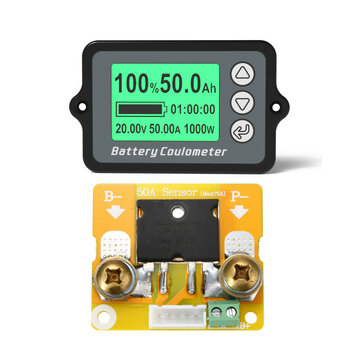I got a new 36V 15AH Silver Fish battery from Yose power yesterday. I charged my battery before use, it took a few hours for the charger light to go green, no surprise I suppose. After charging I tested the battery on the bike for about 20 mins & it worked fine, then recharged it when I got home which took about an hour, then disconnected the charger.
This morning, I plugged the charger in & was surprised to see that the charger light went red. I thought it would hold it's charge overnight?
Apologies if there's a thread on the subject of charging & maintaining batteries, I'm still a bit new to all of this. If there's a useful thread or 2 on the subject, please paste links?
Thanks
Try to only recharge when you need extra range, as each charge, long or short, takes away a charge cycle from the number that your particular battery has "in it!".
Sadly, the exact number of charges your battery will handle, lies in the lap of the Gods!
But reckon with good care, it will probably (see I am being careful with the numbers!) between 2000 and 3000, say 2500 on average!
The best way to treat a battery, is to run it down to the point where the controller shuts down assistance due to low voltage, which is for a nominal 36 volt battery, somewhere around 29 to 30 volts usually.
This is what I did with my first e-bike, even though I had only the one battery.
With my second e-bike I bought two batteries, and when I guess that the one installed may fail on my ride, I take the second battery with me, but I may just ride the bike without assist back home, depending on where I am.
My bike allows quite rapid and very easy battery swaps, not all do!!
regards
Andy
PS. I forgot to mention, that up to now, with two bikes, 11 years e-bike riding, and in all 3 batteries (all cells from Panasonic, though that was more by accident than design!) I have never had a battery fail completely and need to be replaced. My last e-bike I gave away in full running order, 6 years with me and one with the previous owner, with the original battery still in fine form, so I must be doing something right......as did the first owner of the first e-bike of course!
Not everyone here agrees with this philosophy though!!!









